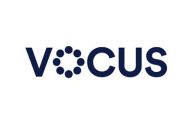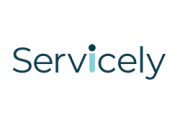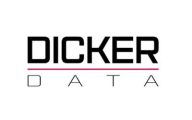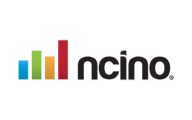Most B2B technology vendors, distributors, and large channel partners I have worked with are organised by product or solution teams, which has historically meant that go-to-market activities are product or solution-led and typically focused on just the one product or solution.
This can open the door to risk as often the same customers are targeted by different areas of the business, creating a disconnected customer narrative and journey along with inefficiencies in time, resources, budget, and possibilities. It can also limit customer lifetime value as customers buy a single product or solution rather than being encouraged to think about their broader needs and what additional support they could get from the same tech provider.
Change is coming
In the last 12-18 months I have seen an increasing appetite across the industry to make the shift to more customer-led narrative and marketing programs that connect and collaborate across the silos. These initiatives are focused on customers in certain business segments, roles and/or industries and bring together multiple products in ways that address these customers’ needs.
I have been actively supporting forward thinking tech vendors like Microsoft, Vocus and HP to navigate all the complexities to make this a reality, and through this experience I know that it’s not easy, but it is possible.
Shifting from a product-led to a customer-led approach
Making the shift requires determination by the teams involved to do something different, not to mention an openness to see their customers’ worlds through a new lens, plus a collaborative effort.
It’s also great for all parties to have a clear view on the outcome and the value of this approach for both customers and from a commercial perspective. Being razor focused on the benefits will help stakeholders to weather a bit of pain that comes with change, to get to a better place.
Questions to ponder to get stakeholder alignment could be:
- Will it make it easier for our prospective buyers to understand what we do?
- Will it give them more opportunities to engage with us?
- Will it be easier for our sellers and channel partners to communicate the same narrative?
- Is it likely to increase leads and conversion rates?
- Will it improve the experiences that prospective buyers and customers have with us across every touchpoint?
- Will we be able to consolidate budgets and save by targeting prospective buyers and customers together?
- And what does it look like in commercial terms across things like new customers, retention, and lifetime value?
Once you have a committed team, with a clear focus on the shared outcomes, next you need a solid approach to get all the information you need before you even think about the plan.
Unite those that hold the knowledge.
First think about the internal stakeholders who hold the information you need for the initiative to be successful. I’ve found involvement across a mix of business, product, sales, industry and/or segment, and marketing leaders to all be crucial in the early stages. The tricky thing here is to balance getting all the perspectives you need, but also to keep workshops as intimate as possible so that everyone has a chance to speak, and you have time to cover everything you need to in the time allowed.
Standardise a workshop framework.
This framework needs to be designed to extract the information and perspectives you need, but at the same time be relevant and repeatable across all the silos and/or solutions that you are trying to stitch together with a customer-led narrative and journey.
Examples of areas of exploration as a group might be:
- Current situation, market trends & threats and priorities
- High level trends by industry
- The roles within your customers’ group buying committee
- Shared problems they face
- Your USPs that support customers with these problems
- Content and experiences you have or are already in the pipeline
- Content and experiences you would like to see in the program
- The typical buying journey today including key decision moments across the year
- Also explore as a group why customers might not buy from you
Finally leave some time for discussion around other insights and opportunities your internal stakeholders might want to share.
Separate before you can come back together.
From here it’s recommended that the workshops are conducted separately across each silo and/or solution group but having similar roles in the room and using the same framework. This will give each group the opportunity to delve into the same topics for discussion and will make it easier to find common threads and to collate the findings.
Successful customer-centric B2B go-to-market programs.
The recent customer-centric programs that I have strategically led had different go to market outcomes, but they all started with the above approach. Here are three real scenarios:
- One client was focused on local government as an industry segment. We used this approach to pull together three different solutions that had typically gone to market separately. To connect the parts, we honed into the fact that customers were at different stages of digital maturity from starting out, right through to advanced. The narrative showed customers that we understood the issues/problems at each stage that were likely holding them back, which then led them to our three focus solutions.
- One client was focused on five key areas of improvement that their customers were typically focused on and used the approach to stitch together their entire product, solution and service portfolio into one customer-led messaging architecture. They then created different experiences that empowered customers to choose their own journey with the business whether it be by the outcome they were seeking, by their industry or by a specific product or solution. This is customer-centric B2B marketing at its best.
- Finally, one client used this approach to tightly connect two complementary modern workplace solutions that had not typically gone to market together, but as a business they recognised the shared ambitions as well as the customers’ shared buying committees, and needs. After applying this strategic approach across these two solutions, there was no doubt that customers would achieve more by deploying and using the solutions together, so we went to market with an employee experience angle and a ‘better together’ solution story. This approach got picked up globally and is continuing to get traction across new markets.
If you’re keen to unite multiple products, solutions and/or go to market programs together with one customer-centric narrative and experience, get in touch

















